Why are we afraid of bold and dark colours for our homes?

When did we surrender all colour confidence, Kya deLongchamps asks.
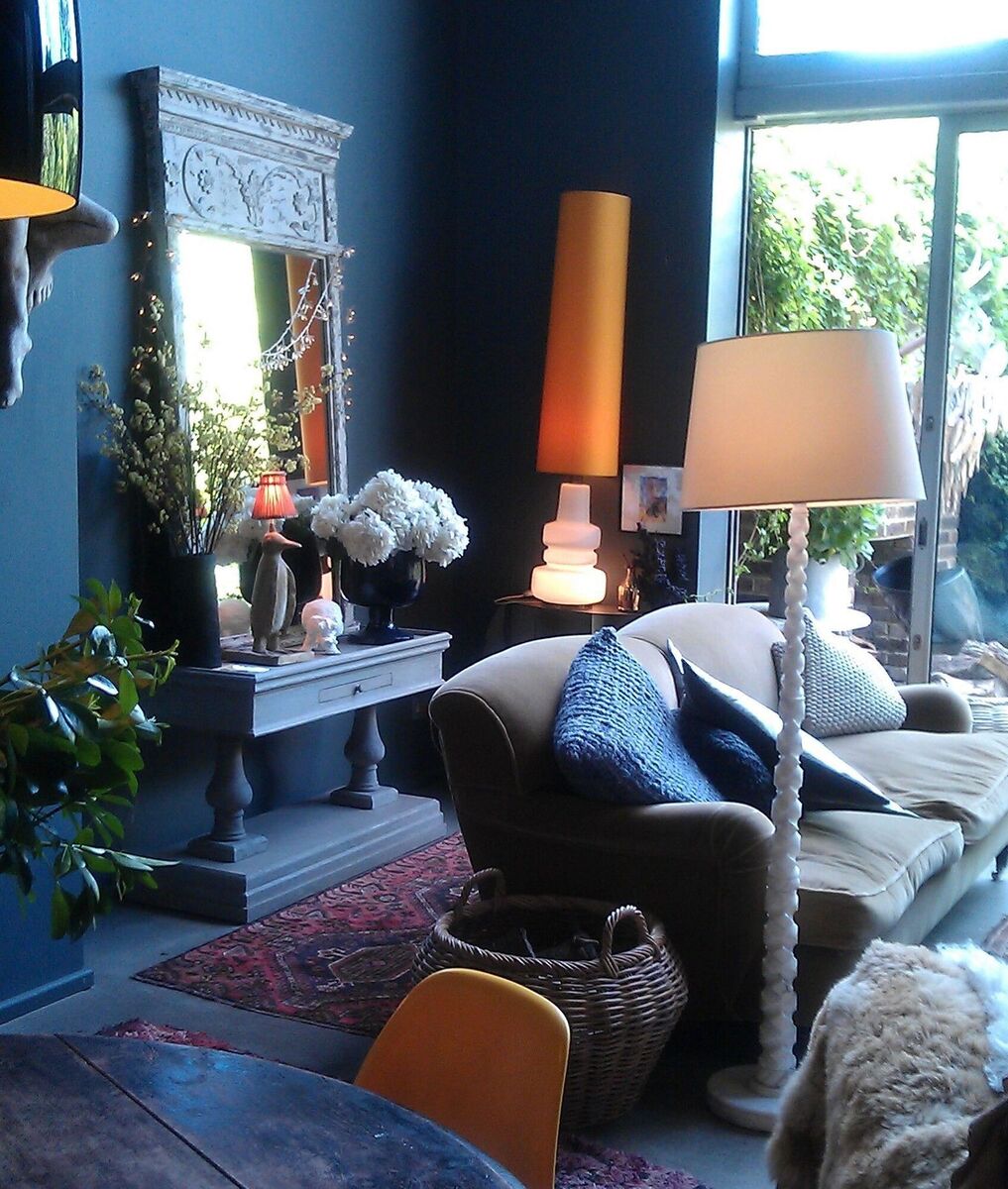
Unconventional and inspiring, Ahern rails against “non-colours” and recalls the heritage colours that first fascinated her. “I remember from a young age, ox-blood on the walls in the living room, a forest green dining room, accents of blues and purples, black floor: rich, often chalky finishes that off-set my mother’s painting beautifully.” Celebrating schemes worthy of a Technicolor musical, she goes on - ”When I put the key in the door at the end of a long day, I get this squishy feeling of contentment that envelopes me, and it is all because of colour.” She famously advocates for the practice of including ceilings and even window frames in a one colour palette.
Like many designers, Ahern argues that intense, jewel-toned, vivid colour (often thrown against cavernous dark walls), is far cooler and chic than constrained vapid neutrals based on stone, sand and scudding clouds.
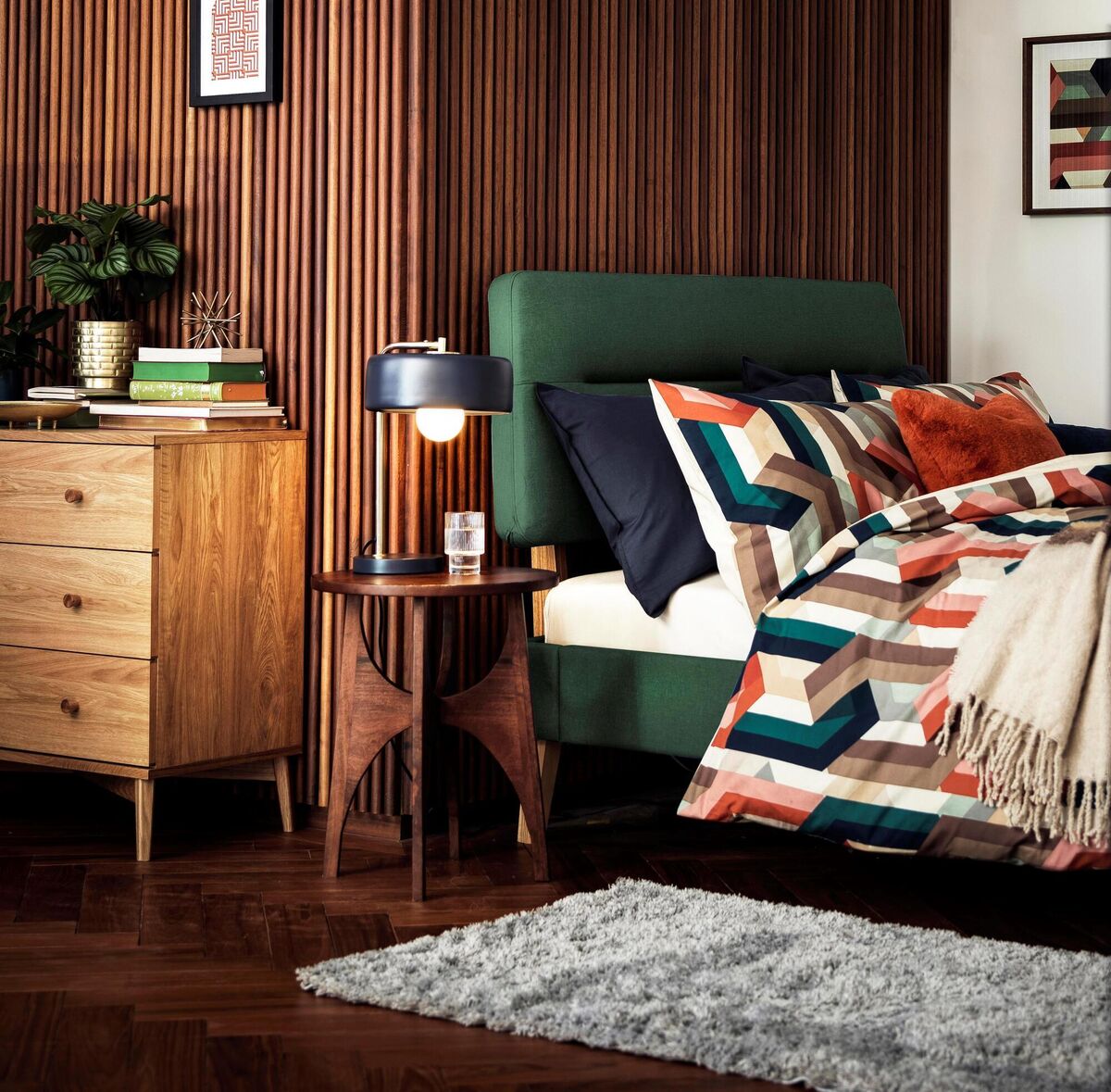
Now paint becomes the statement, a full decorative element rather than a mealy backdrop. Seeing these colour choices as part of a maximalist approach that reduces rooms to a more relaxing state, Ahern favours emerald greens, royal blues and the many shades possible with black. To see just this kind of brave staging of the dark stuff, tap out #styleitdark on Instagram.
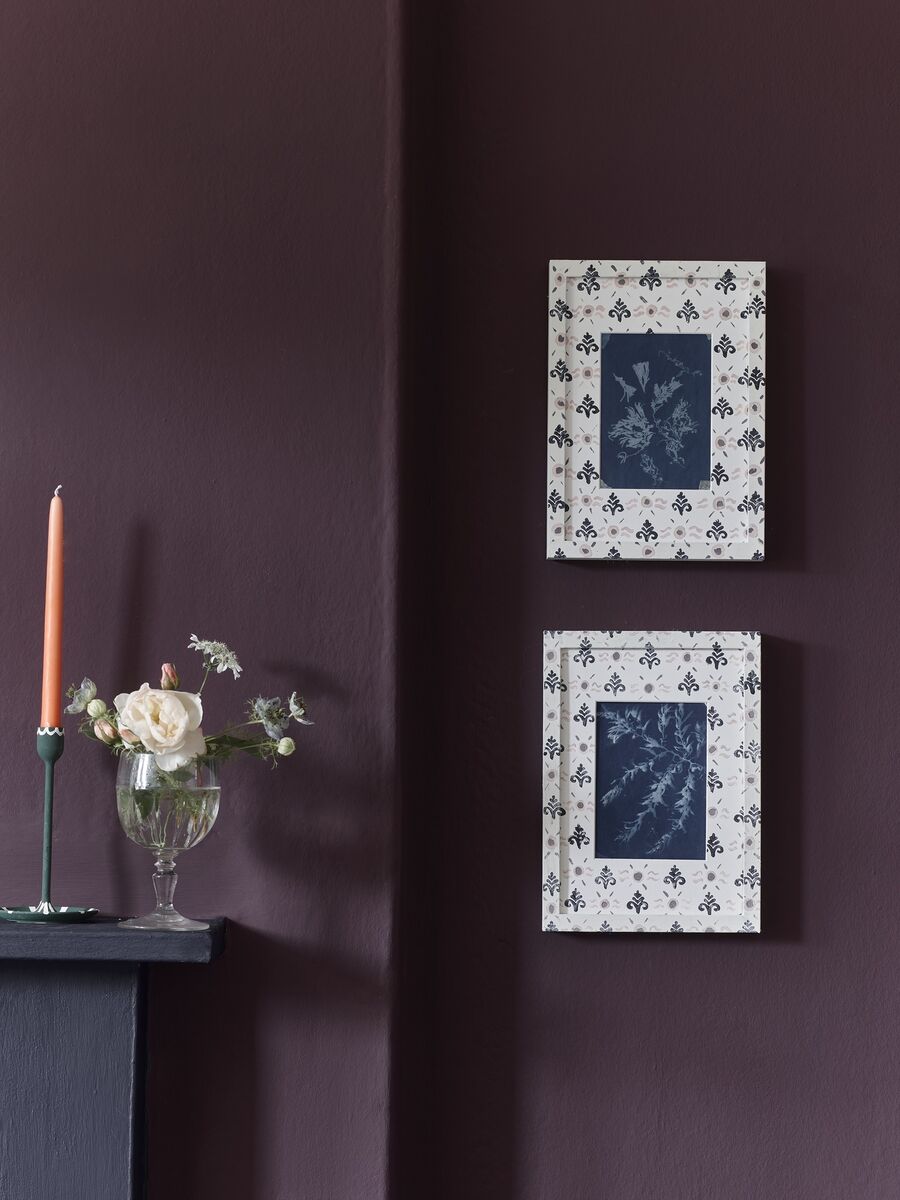
Period or contemporary, there are a few key tips surrounding the use of full-on saturated colour, to grasp before you plunge into a full-on Gothic drama. Ensure you’re heading for an inspiring comforting finish, cloaking in beautiful shades you can live with as contentedly as you could with the pale, expected neutrals bowing the shelves at the DIY outlets. Think of the magical world at the bottom of a sapphire lake, metallic fish flashing by. At least some of your spaces can be that entrancing.
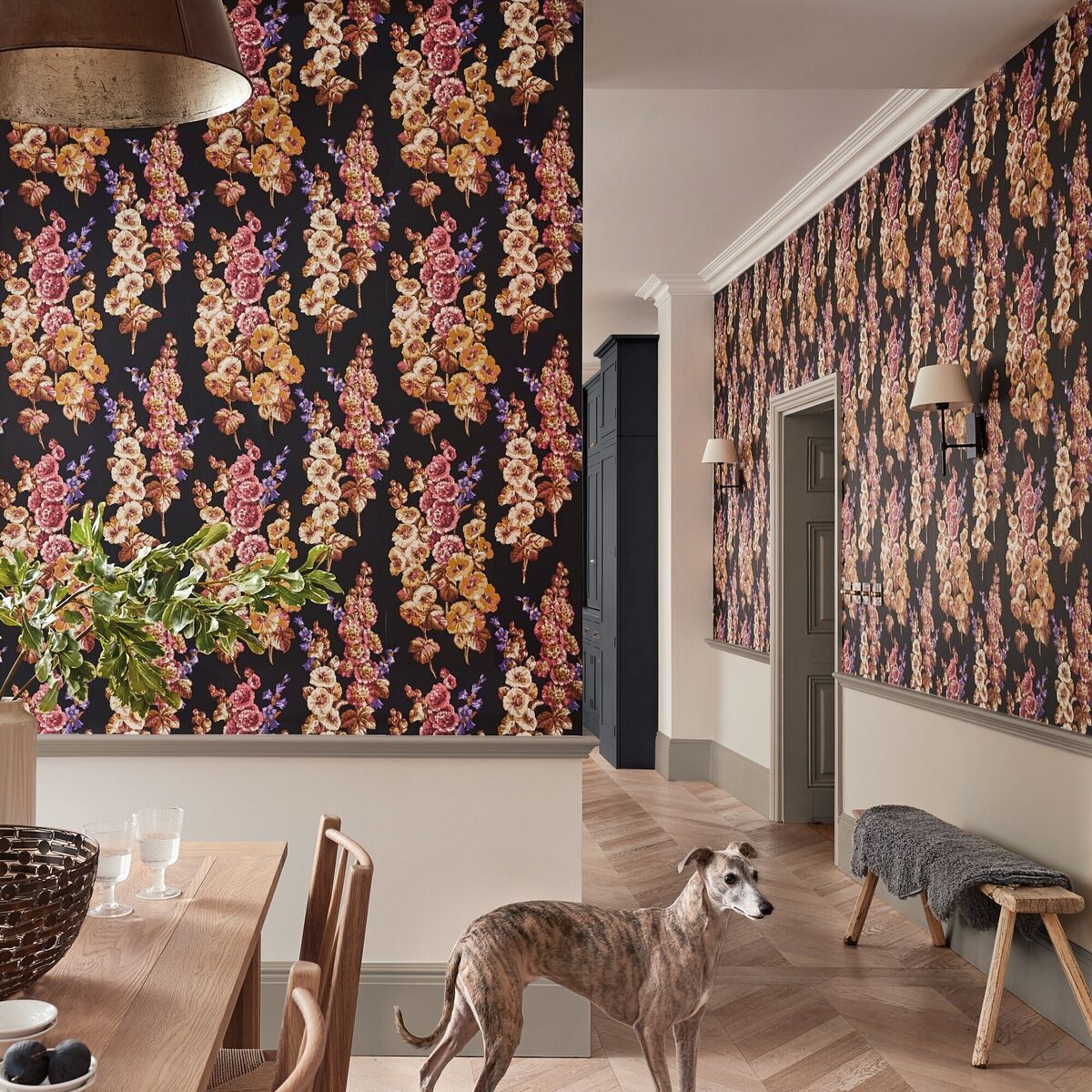
First of all, in general, starting with paint, a matt colour will not only show off a dark colour to its best, but it will hide imperfections in your plasterwork that could be showcased rudely in a mid-sheen. Today’s scrub-friendly mattes, mean you won’t leave a tell-tale change in texture if your toddler overhands a banana yoghurt onto the chalkboard emulsion.
Test both finish types on your worst wall before you start and where needed prep’ the walls – filling, sanding and using a fault-perfecting primer to the surface. Test on every aspect, as a pigment-rich shade will be muscled around by natural and artificial light more than a limp choice. With the curtains drawn, let shadows appear rather than chasing them out – in many cases intriguing shadow softens sharp corners and amp’ up a genuinely intimate atmosphere. With wallpapers, try designs where the dark ground balances anything applied over it, making its moody magnificence truly present. Oddly, dark, deep background colour delivers a hushed, receptive canvas for fabulous colour, patterns and textures on textiles and furnishings.
Working on a mood board (an exploded cardboard box can give you a generous surface) - cover a large area in your chosen shades roughly in the ratio it will take up in the overall scheme. Think about where your highlights and shine will come from. This could be a complimentary pale, a belting in white woodwork, or metallic inclusions in your accessorising. There should be an accenting gleam stirred in there, or dark could add up to down-right, light-devouring depressing. Once you layer on mirrors, velvets, wood, linen and furnishing patterns, dark backdrops will be considerably opened, so hold your nerve. Abigail Ahern advocates for including sample colours that “scare you”, boosting your confidence by starting with even a single piece of bold-coloured furniture.
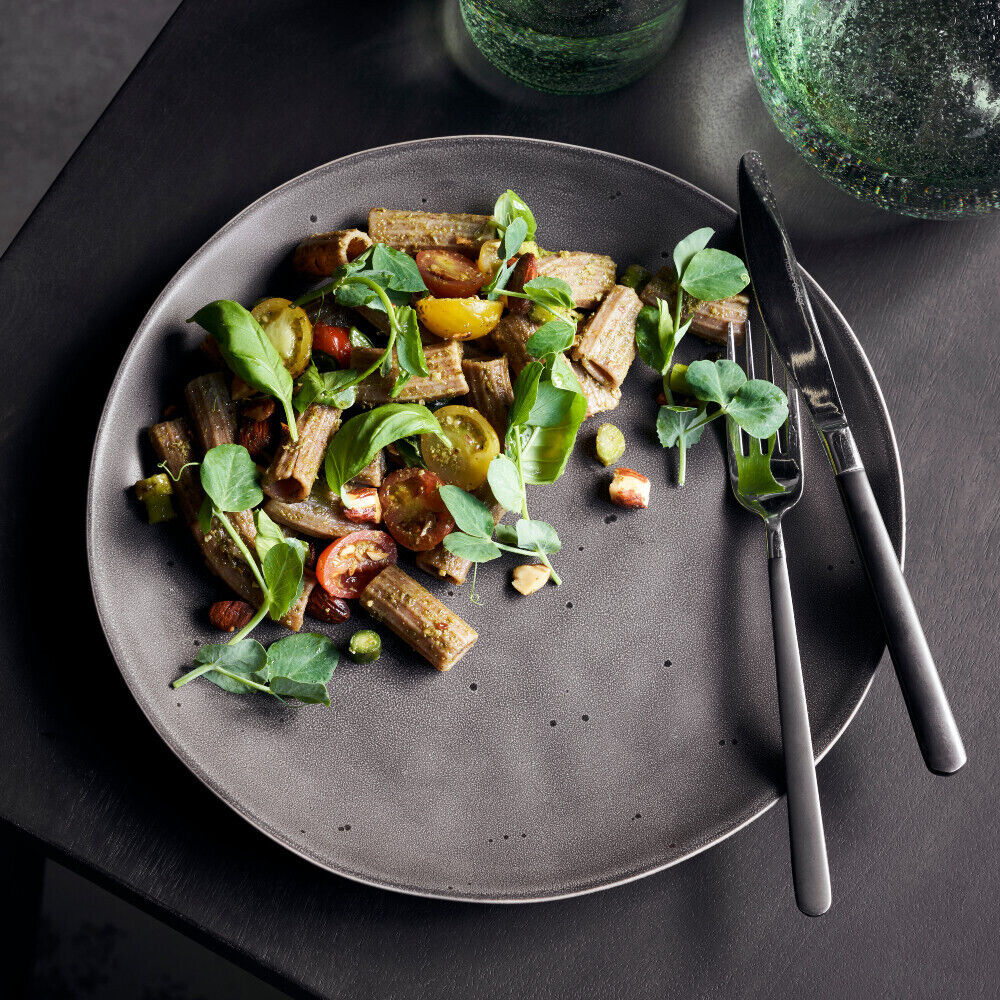
Dark colours will bring the walls towards you, and if you entirely “cloak” the room in opulent colours including skirting and ceilings, this can be powerful stuff. What we want to avoid is a one-tone note of oppressive gloom. Work with your paint/paper supplier’s in-house team or an interior designer to find the right shades and colour combination to tease the proportions and to show off the architecture effectively. Contrary to the jaded advice of years ago, small spaces like cloakrooms, tiny bedrooms and snug officer quarters where you hide from the kids, can take a dark enveloping scheme, including deliberately, fussy wallpaper, even if it’s just to one or two feature walls. Stick to three hues – less visually complicated.









